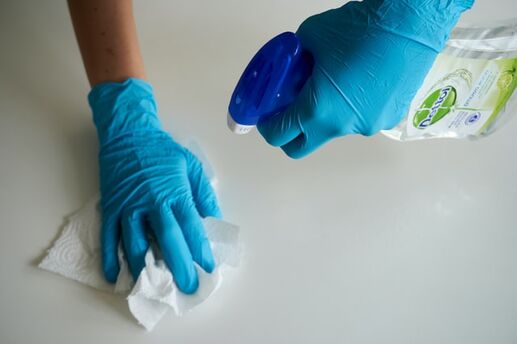Good Friends: The Key to Good Health
Friends are good for all kinds of things -- a girls' night out, late-night chats and shopping trips, to name a few. But did you know they're also good for your health? A study published in The Journal of Psychology: Interdisciplinary and Applied showed a strong link between supportive social networks and healthy behaviors like eating well and exercising.
Friendships are particularly important to women, says Irene S. Levine, professor of psychiatry at the New York University School of Medicine and author of Best Friends Forever: Surviving a Breakup with Your Best Friend."Female friendships are extremely vital to a woman's well-being, because women help each other unload emotions, which is a real stress buster," says Levine.
Whether you're already surrounded by friends or you're looking to build better relationships, Levine offers these tips for nurturing your female friendships -- and your health:
1. Make friendship a priority.
Most women are so busy that it may feel self-indulgent to spend time on friendships. But it's important to make friends a priority in your life, says Levine."Know that [friendships] will ultimately make you a better mother, wife, daughter and person, because friendships make you feel more fulfilled," she says.
2. Be there.
While technologies like email and Facebook have made keeping in touch with friends easier, there's just no substitute for face time."Be there for your friend in the way you would want her to be there for you," says Levine. If your friend's nervous about going in for a mammogram, for instance, offer to go with her. Or if she needs a dress for an important occasion, take her shopping.
3. Celebrate together.
Remember the special events in each others' lives, whether it's a birthday, an important anniversary, a new job or a promotion."It makes for a more special relationship when you can celebrate each other's important events and successes," advises Levine.
4. Communicate.
When something's wrong, talk about it. Levine suggests you open the door for conversation and avoid pretending nothing's wrong. Just like in a good marriage, friends need to keep the lines of communication open. Let her know that you're there to talk whenever she needs you.
5. Develop rituals.
Patterns and regularity can help create a rich friendship, says Levine. Make your relationships stick by developing rituals that create lasting memories, like a regular girls' night out (or in!), a girlfriends' getaway, a lunch every Friday or a drink every Thursday night. Put it on your calendar -- and keep that time sacred.
6. Forgive and forget.
Every relationship requires give and take. You're two different people, and your friend may not always think the way you do or say the right thing. Recognizing that no one is perfect and being willing and able to apologize when you make a mistake is crucial."Apologize sooner rather than later so bad feelings don't have a chance to build up," says Levine."And don't keep score: The best friendships are those where people truly want to give and take in an unconditional way."
7. What if you have trouble making friends?
If you're shy or introverted, you might have a hard time finding good friends. Start by engaging in activities you enjoy, suggests Levine. Join a gym or a book club, or volunteer for a community service group."Put yourself in a place where you'll see the same people over and over," says Levine."Show openness with simple things like smiling and showing interest in the other person. Just don't be too aggressive or reveal or ask for too much information too soon: Relationships need time to grow."
Photo by Omar Lopez on Unsplash
Like this article? Get more by following us on Facebook at Beauty & Confidence.






